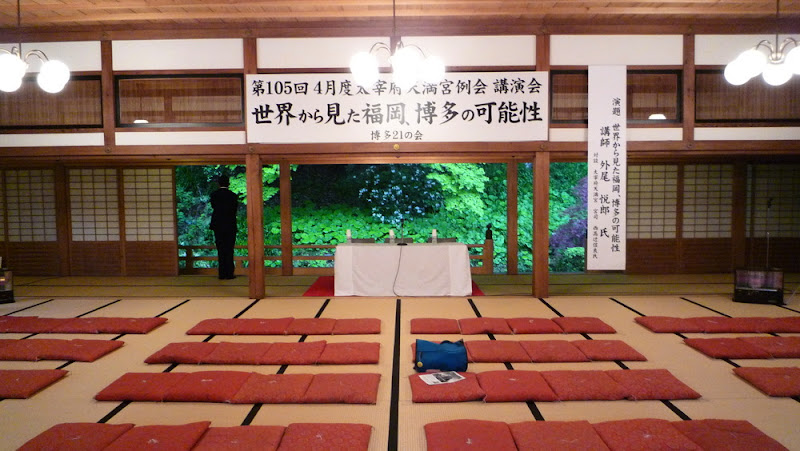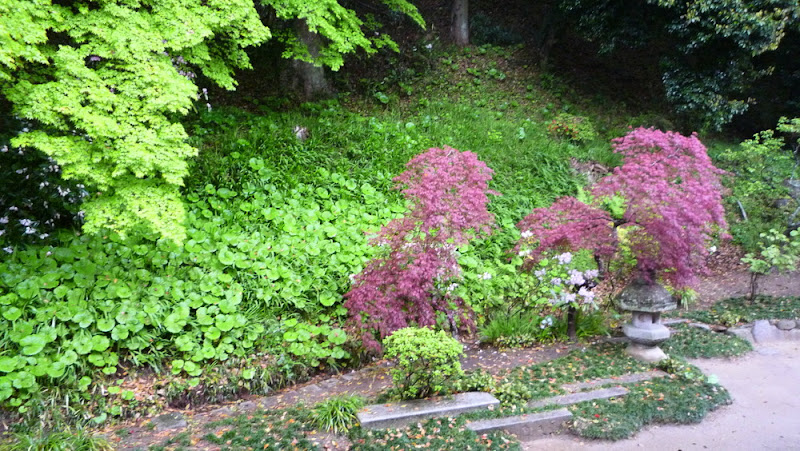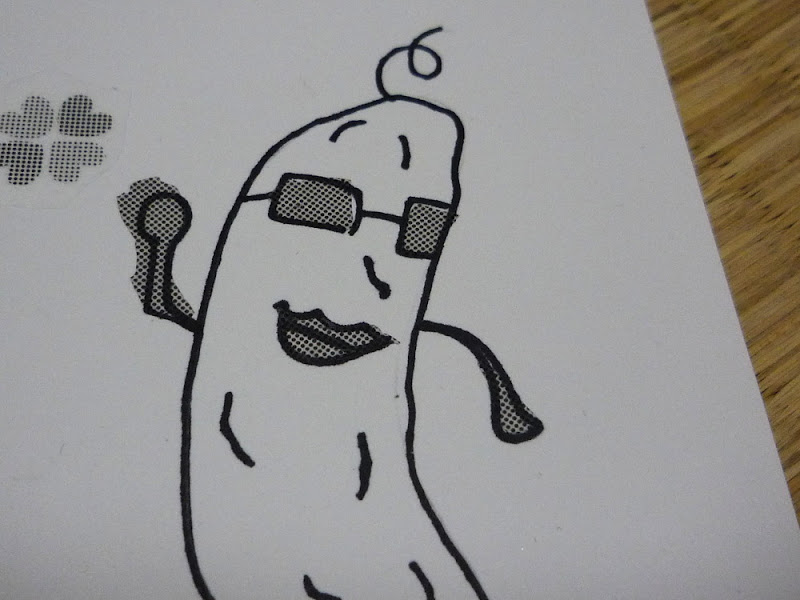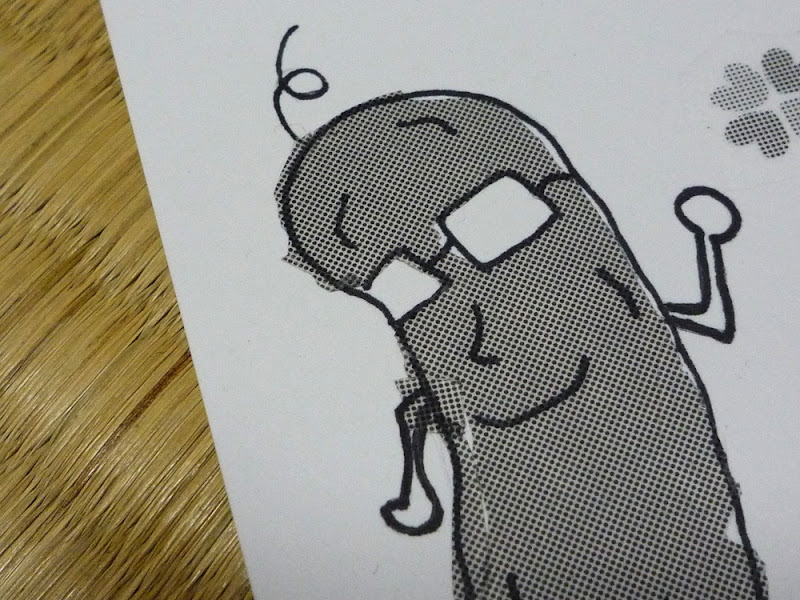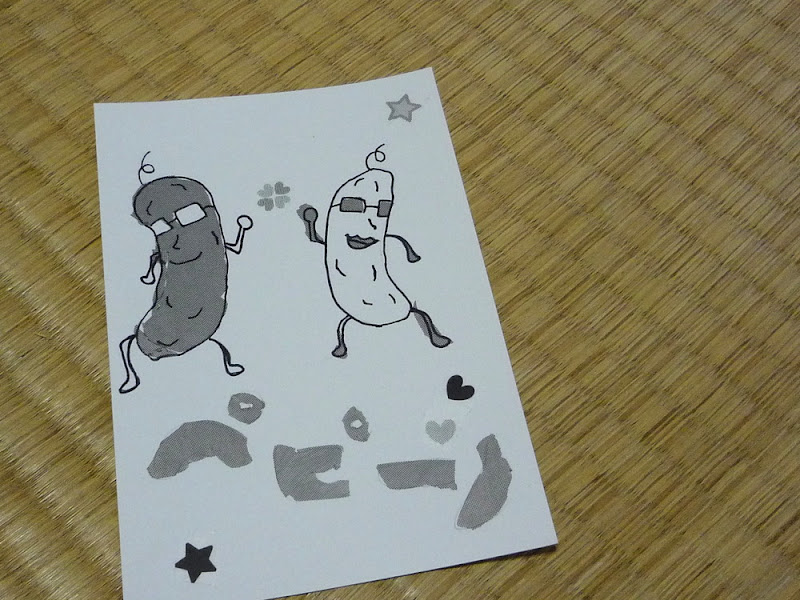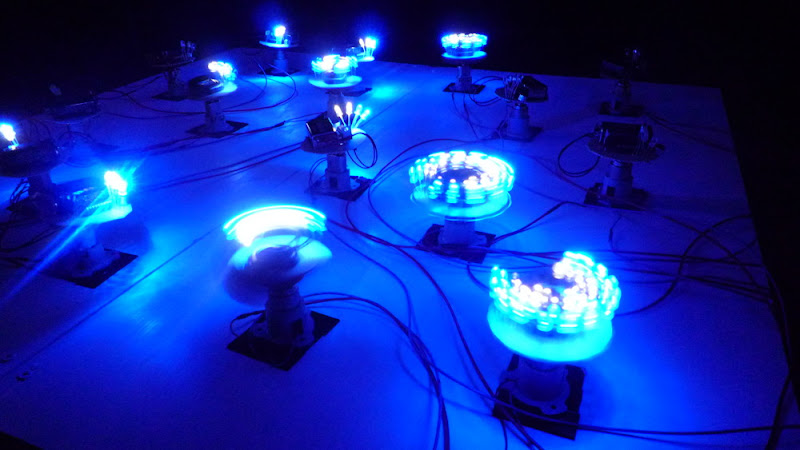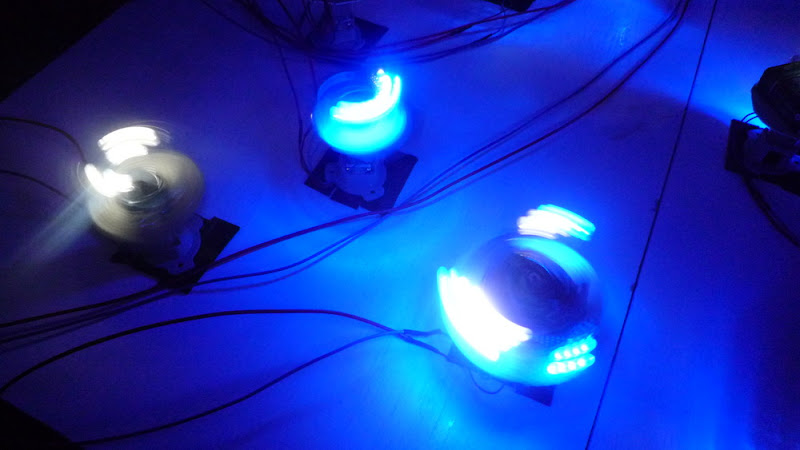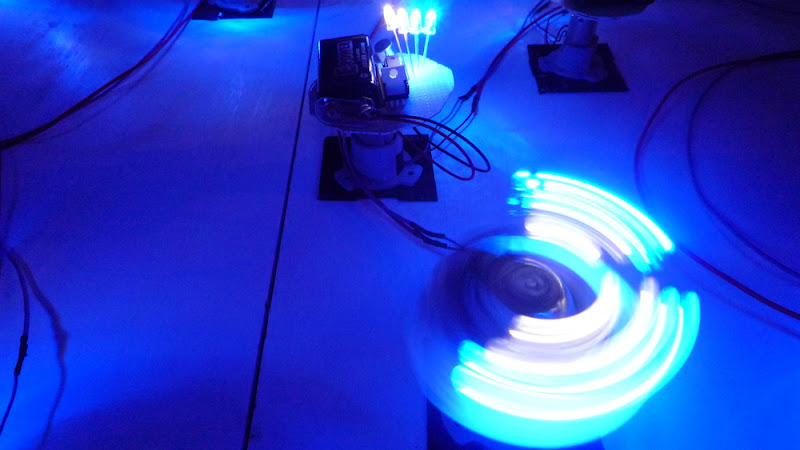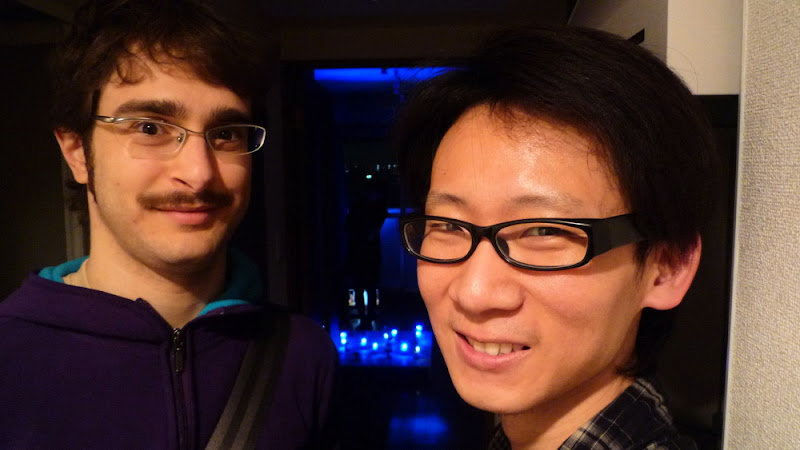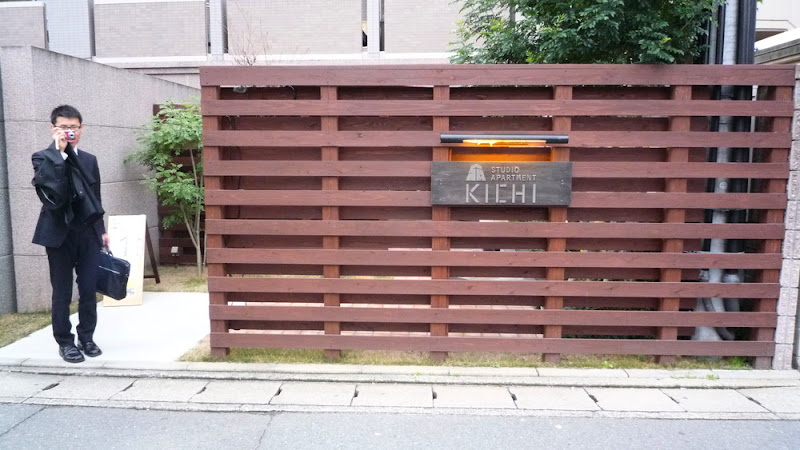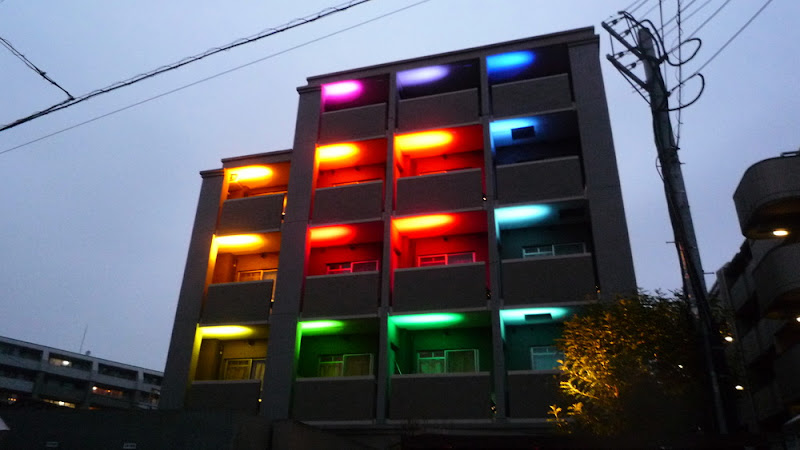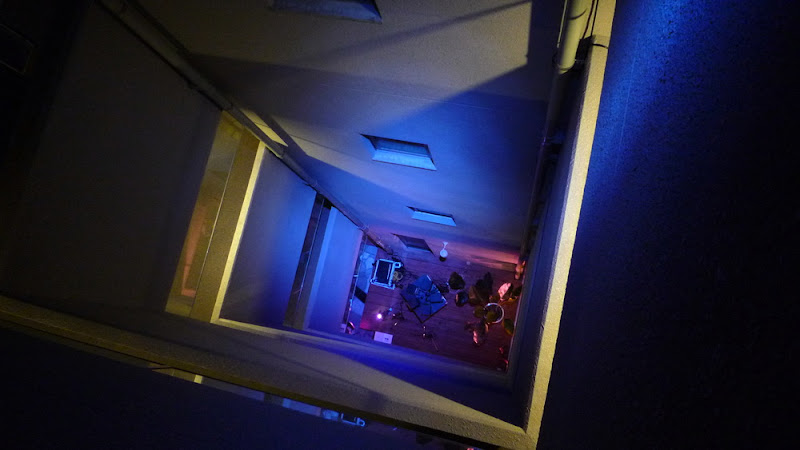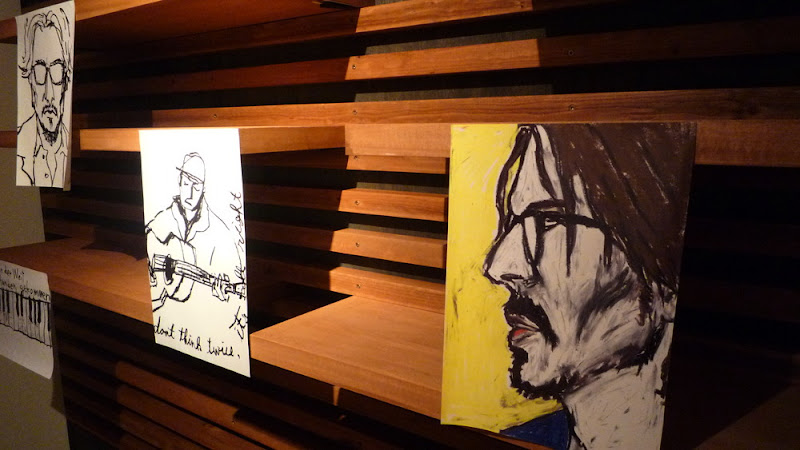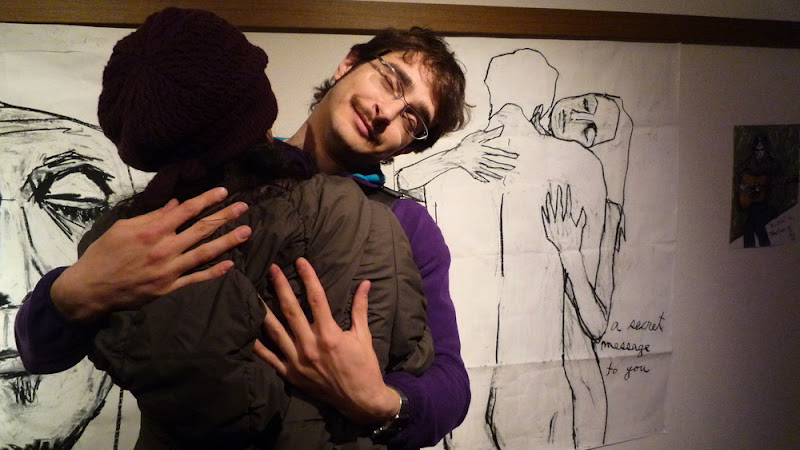Ayer fui a una conferencia del escultor japonés Etsuro Sotoo, que lleva muchos años trabajando en la Sagrada Familia. Se celebró en un edificio japonés muy tradicional y muy abierto en el templo sintoísta Dazaifu Tenmangu, uno de los más importantes de la isla de Kyushu.
La conferencia se titulaba algo así como «Fukuoka vista desde el mundo, y su potencial», y al final la convirtieron en un debate con Nobuyoshi Nishitakatsuji, sacerdote jefe de Dazaifu Tenmangu. Curiosamente, los dos ponentes y el moderador del debate habían sido compañeros de escuela en secundaria.
A continuación os pongo unas cuantas ideas de las que más interesantes me parecieron personalmente. Las reproduzco con la mayor fidelidad que me es posible.
昨日はバルセロナのサグラダファミリアで長年作業されている日本の彫刻家外尾悦郎さんの講演会をみることができました。太宰府天満宮の凄く伝統的な建物、文書館で行われた。
講演のタイトルは「世界から見た福岡、博多の可能性」で、太宰府天満宮宮司 西高辻信良さんとの対談でした。お二人もコーディネーターさんも中学の同年生だったらしいです。
下記は個人的に一番面白いと思った一言を出来るだけ正確にまとめてみます。
Yesterday I went to a lecture by Japanese sculptor Etsuro Soto, who has been working on the Sagrada Familia for many years. It was held at a very traditional building at Dazaifu Tenmangu, one of Kyushu island’s most important Shinto shrines.
The lecture was titled something like «Fukuoka as seen from the world, and its potential», and at the end it was made into a talk with Nobuyoshi Nishizakatsuji, Chief Priest of Dazaifu Tenmangu. Interestingly enough, the two speakers and the conductor went to the same middle school.
Below are some of the ideas I found most interesting. I’m writing them up as faithfully as I can.
- Sotoo: Gaudí terminó la Sagrada Familia.
- Sotoo: Gaudí no está muerto porque sigue guiando a Sotoo en su trabajo. las personas no mueren mientras alguien las recuerde.
- Sotoo: Con el japonés tenemos la suerte de que «palabra» se escribe «decir + hoja» (言葉). Las palabras son hojas que brotan del alma, y al igual que pasa con los árboles las personas también florecemos y damos frutos gracias a las palabras.
- Sotoo: Gaudí decía que el hombre no crea nada sino que descubre cosas en la naturaleza. También decía que para hacer algo original hay que volver al origen (a la naturaleza).
- Nishitakatsuji: Los templos no existen para conservar a los dioses. Existen para que haya un lugar que no haya cambiado cuando uno vuelve a su lugar de origen después de un tiempo.
- Sotoo: Una persona que tiene un sitio al que volver puede ir a donde quiera.
- Nishitakatsuji: Este edificio tiene 108 años. Los edificios de madera pueden durar muchísimo si los vas cuidando cada pocas décadas.
- Sotoo: El tiempo no nos persigue. Somos nosotros los que caminamos a través del tiempo avanzando a nuestro ritmo.
- Sotoo: Gaudí no usaba planos. Si los hacía es porque se los pedían los ayuntamientos.
- Sotoo: Si la humanidad no acaba de avanzar a pesar de estar en el siglo XXI, es porque todas las cosas se piensan en forma de tecnología.
- Sotoo: En la Persia antigua la enseñanza constaba de tres «asignaturas»: montar a caballo, no decir mentiras, y respetar a los mayores y superiores.
- Sotoo: Las ciudades que no tienen nada sagrado acaban desapareciendo.
- Nishitakatsuji: Hace poco asumí temporalmente la responsabilidad del templo Shikaumi Jinja, por defunción del anterior sacerdote, y tienen un festival muy bonito y simbólico que consiste en decir cosas bonitas a las montañas. [Pronto publicaré algo sobre este templo, porque estuvimos el domingo]
- Sotoo: La mayor baza de Fukuoka es su hospitalidad. Fukuoka tiene muchos puntos en común con Barcelona. El festival Yamakasa, en el que la gente se amontona en horizontal, se parece a los castellers de Cataluña en los que la gente se amontona en vertical. Este festival humano también tiene su origen en la naturaleza, concretamente en la gravedad.
- Sotoo: La escultura no la termina el escultor sino la persona que la mira. Una escultura de un arpa no necesita tener las cuerdas si las personas que la vean pueden entender que la escultura es un arpa e imaginar las cuerdas.
- Nishitakatsuji: En Europa siempre me gusta visitar iglesias, y cuando me reciben con música impresiona bastante. En los templos sintoístas recibimos a la gente con el sonido de la naturaleza.
- Sotoo: Cuando uno habla en una iglesia, suele tener detrás a Jesucristo o a la Virgen María, pero hoy tenemos detrás de nosotros a los dioses de este templo.
- 外尾: ガウディはサグラダファミリアを完成している。
- 外尾: ガウディは、今でも僕の仕事を導いているから死んでいない。人は人に思い出される限り死なない。
- 外尾: 日本語では「言葉」というのを「言う+葉」と書く。言葉は魂から生える葉で、人間は木と同じく言葉のおかげで花が咲き実がなる。
- 外尾: 人間は創造するのではなくて物事を自然で発見すると、ガウディが言っていた。他に言っていたのは:originalidad(新鮮)を作るのにorigen(起点)に戻らないといけない。その起点は、自然。
- 西高辻: 神社は神を守るためにあるのではなく、変わらない場所を守るためにある。人がふるさとに帰ったときに、変わっていない場所があるために。
- 外尾: 帰れる場所を持つ人はどこまでも行ける。
- 西高辻: この建物は108年前に建たれた。建物は、何十年かごとに手入れをすれば持つ物だ。
- 外尾: 僕達は時間に追われているのではなくて、時間を通って移動しているのだ。
- 外尾: ガウディは図面を使わなかった。描いたとしたら、それは市役所などに頼まれたからだ。
- 外尾: 21世紀なのに人類がなかなか進まないのは、何でもを機会のシステムで考えるからだ。
- 外尾: 昔のペルシャの教育では、この三つしか教えられなかった:馬に乗ること、嘘をつかないことと、お年寄りや目上の人を敬うこと。
- 外尾: 神聖な場所を持たない都会がいずれ消える物だ。
- 西高辻: 最近、担当の方が亡くなられて志賀海神社を預かったようなことになっている。そこの山褒め祭りは凄かった。[日曜日に行ってきたばかりの志賀海神社、近いうちに写真等を投稿します]
- 外尾: 福岡のいいところは「hospitality」(歓待、もてなしの心)で、バルセロナとの共通点が多い。博多の山笠祭りでは人が水平に固まって、バルセロナのcastellersでは人が縦に重なる。これの原因も引力・自然にある。
- 外尾: 彫刻が完成されるのは彫刻家の手ではなくてみる人の目でだ。例えばハープの彫刻には弦がなくても、見る人はハープであることを理解して自分で弦を想像することができたらそれでいい。
- 西高辻: ヨーロッパではよく教会に入るが、そのときは音楽が鳴っていると圧倒される。神社では自然の音で歓迎される。
- 外尾: 教会で話すことになると、後ろにはイエスまたはマリア様がいるが、神社で話しても後ろは神様だ。
- Sotoo: Gaudí finished the Sagrada Familia.
- Sotoo: I know Gaudí isn’t dead because he guides me when I’m at work. Nobody’s dead while somebody remembers them.
- Sotoo: We are lucky that in Japanese «word» is written «say + leaf» (言葉). Words are leafs growing from the soul and, the same as trees do, people grow flowers and fruits through growing leaves.
- Sotoo: Gaudí said that the man doesn’t create anything, but find it in nature. He also said that to make something original one has to go back to the origin (nature) to find it.
- Nishitakatsuji: Temples aren’t to preserve gods, but to preserve an unchanged place so that people who come back to their homeland after a while still find some place that remains the same.
- Sotoo: Someone who has a place to come back to can go as far as he wants.
- Nishitakatsuji: This building is 108 years old. Wooden buildings are very durable if you take care of them every some decades.
- Sotoo: Time isn’t chasing us. Actually, we are walking through time.
- Sotoo: Gaudí didn’t use blueprints. The times he made them, it was because city halls, etc. asked for them.
- Sotoo: If humanity isn’t still progressing into the 21th Century, it’s because everything is thought of as a technology system.
- Sotoo: In ancient Persia’s education only three things were taught: how to ride a horse, how not to tell lies, and how to honor the elder.
- Sotoo: Cities that have nothing sacred in them end up disappearing.
- Nishitakatsuji: Not long ago I took over responsibility at Shikaumi Jinja, because of the Chief Priest’s demise. They have a very beautiful festival there, consisting in praising mountains. [I’ll post something about this shrine soon, as we went there last Sunday]
- Sotoo: Fukuoka’s trump card is hospitality. Fukuoka has many common spots with Barcelona. The Yamakasa festival consists on people piling up horizontally, and Catalunya’s castellers consists on piling up vertically. All of this is thanks to gravity –thanks to the nature.
- Sotoo: Sculpture doesn’t end in the sculptor’s hands, but in the viewer’s eyes. A harp’s sculpture doesn’t need strings in it, if people can understand it’s a harp and imagine the strings themselves.
- Nishitakatsuji: I always visit churches when I go to Europe, and when they welcome me with music I’m overwhelmed. When you come to a Shinto shrine, we’ll welcome you with the nature’s voice.
- Sotoo: When one speaks at a church, Jesus Christ or Virgin Mary is behind one. But today, the gods of this temple are behind us.
Me gustó mucho todo lo que pasó esa tarde, y daban ganas de seguir escuchándolos hasta que se hiciera de día. Se notaba que estaban compartiendo la tarde con mucho gusto, a pesar de que la mayoría de los espectadores fueramos desconocidos. Al final pude hacer una pregunta al Sr. Sotoo, y me aclaró él piensa que Gaudí tenía una sensibilidad asiática pero una educación y una técnica europeas. ¡Muchas gracias, maestro!
あの夕方の出来事、全部よかった。朝までお話を聞きたかった。本人達も楽しんで夕方を知らない人と共有しているように見えました。最後は外尾さんに質問してみました。教えてくれた応えは、外尾さんによってガウディがアジア/日本の感性を持って、ヨーロッパ/スペインの教育を受けてその作り方で作品を完成して行ったとのことでした。外尾先生、ありがとうございました!
I loved everything that happened that evening, and I wanted to keep on listening until the morning. One could feel they were enjoying sharing their evening with a bunch of strangers. At the end I was able to ask a question to Mr. Sotoo, and he explained he thinks Gaudí had an Asian sensibility but European education and technique. Thank you very much!

